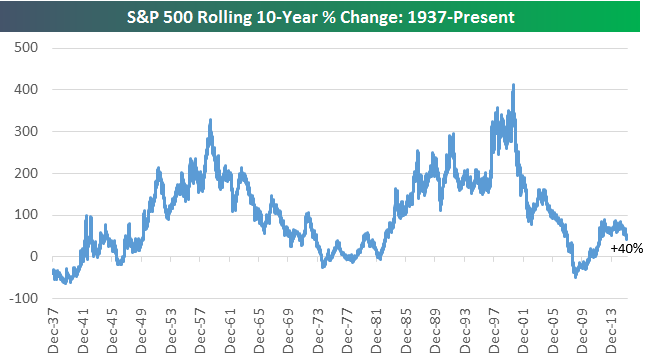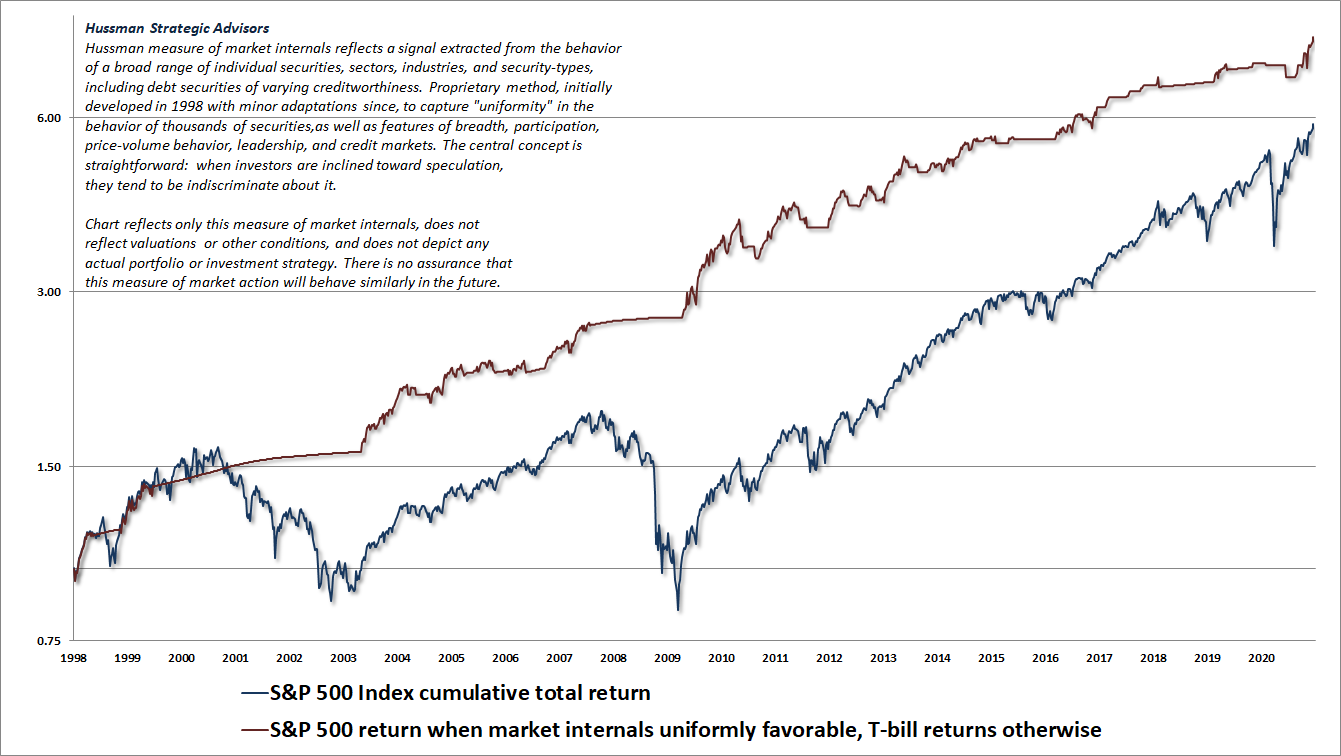It looks like you're new here. If you want to get involved, click one of these buttons!


Source:There are two major takeaways from the chart below:
1. Historically, once the long-term mean has been breached on the up-side, annualized returns have remained elevated above the mean for an average of almost 18 years.
2. Historically, once the long-term mean has been breached on the down-side, annualized returns have remained subdued below the mean for an average of almost 10 years. This is significantly lower relative to the time-frame on above mean returns.
https://llnl.gov/news/us-energy-use-rises-highest-level-everAll energy use results in some losses, shown on the charts as rejected energy. This energy most often takes the form of waste heat, such as the warm exhaust from automobiles and furnaces. The efficiency of the nation’s cars, lightbulbs and factories determines how much waste heat is produced and how much fuel and electricity can be put to productive use.

I just looked at this WSJ article But it’s far from clear. It states:” This will provide many U.K. service suppliers with legal guarantees that they will not face barriers to trade when selling into the EU and will support the mobility of U.K. professionals who will continue to do business across the EU," according to the document.“
Even though, as I read in Al Jazeera: four-fifths of UK GDP is in the financial sector. And the "deal" includes absolutely zero content about financials. So, free and easy access to the continent's financial sector will END for the UK on January 1st. So, as I'm fond of stating here: "ORK!" What sort of "deal" is THAT????? Politicians just lying to us all again. What a f*****g surprise, eh?

If it’s any indication, during the 2008 bear market, the fund they formerly managed, BERIX, had a MaxDD of 13% and a return of -12.0% with a recovery time of 6+ months.With regard to PMEFX , I'd like to see how it handles a 20%+ bear market before investing .
Those words are truer than you might know! Gordon Gecko: "Greed is good." Yes, these days, it's not easy to see VALUE, domestic or foreign, having another "day in the sun" anytime soon. But as for international GROWTH: I'm interested to see the extent of any positive jump in Europe and the UK bourses, in response--- finally--- to a Brexit deal. Even though, as I read in Al Jazeera: four-fifths of UK GDP is in the financial sector. And the "deal" includes absolutely zero content about financials. So, free and easy access to the continent's financial sector will END for the UK on January 1st. So, as I'm fond of stating here: "ORK!" What sort of "deal" is THAT????? Politicians just lying to us all again. What a f*****g surprise, eh?Just my two cents, but I doubt most of these int'l value funds will ever beat the S&P over the long run. Corporate culture is different here in the US; more greed, leading to more production, profits. Think Pfizer, Apple, Amazon, etc.
Thanks, Crash and Starchild, for your suggestions.
PTIAX, another multisector bond fund, looks good and I'll add it to my watchlist to monitor its risk/reward performance.
Fred: M* link to 3-5-10 year risk/reward profile:
https://www.morningstar.com/funds/xnas/ptiax/risk
I'm seeing a relatively high R-squared compared to its category.
© 2015 Mutual Fund Observer. All rights reserved.
© 2015 Mutual Fund Observer. All rights reserved. Powered by Vanilla